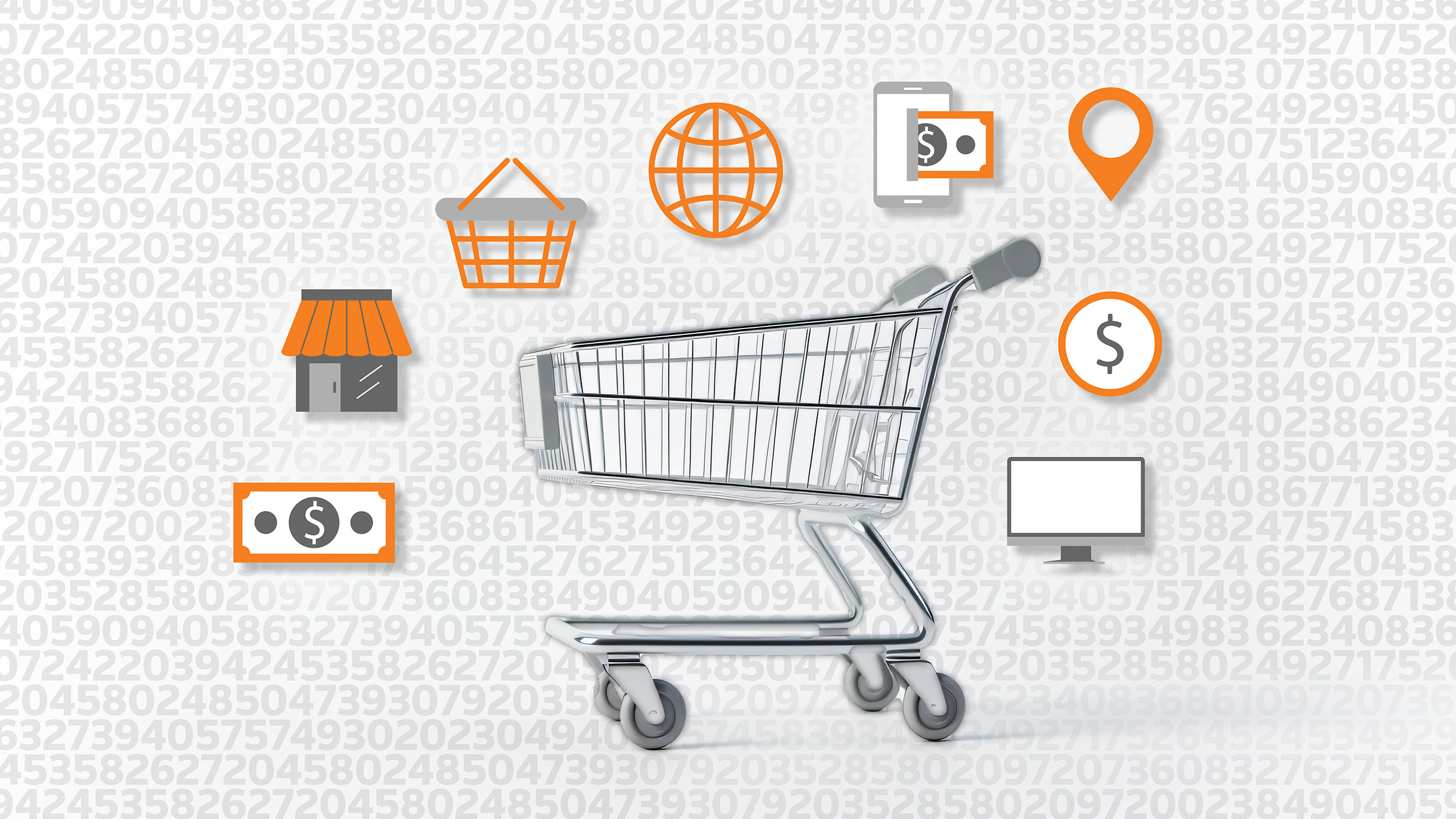Tax professionals involved in omnichannel retail industries face an unprecedented number of challenges these days. Calculating sales tax across different retail channels is complex due to various regulations, frequent changes in product data, and outdated systems, especially with increasing sales volume and shrinking budgets.
_____________________________________________________________________________________________
____________________________________________________________
Omnichannel’s biggest challenges
Robert Kleppel, a partner in KPMG’s indirect tax technology national practice, kicks off the webinar by summing up what he thinks are the most pressing issues facing omnichannel tax professionals today.
“The challenges in the retail industry are numerous,” Kleppel says, “but I think they all can be bucketed into three main themes: people, processes, and technology.”
In the personnel department, Kleppel says most of his omnichannel clients have reduced their headcount and are not hiring, so those who remain “are constrained on the amount of time they have, especially for compliance.”
As for processes, Kleppel notes that many omnichannel tax processes are still being performed manually, so gathering the necessary data “is always a problem.”
“Retail data usually comes from numerous systems of various ages,” he says. “These systems could be decades old, they could be new, or they could have been put in without tax in mind,” he adds, “and that creates a lot of problems later on.”
These multiple systems—for procurement, inventory, point-of-sale (POS), separate channels, etc.—do not necessarily communicate with each other very well, if at all, Kleppel notes, which adds to the data-gathering burden of time-constrained tax personnel.
Nexus and transaction volume
Other challenges facing omnichannel retail tax personnel involve issues with the geographic nexus and the sheer volume of transactions being processed at any given time.
According to Tracy Davis, Specialist-Director, Retail, at Thomson Reuters, “The breadth of the platform-nexus and marketplace-facilitator laws are making things incredibly complex for retailers online. A lot of companies are in situations of unknown unknowns,” she says, “where they don’t even realize they have nexus and they end up finding out in painful ways when auditors come knocking.”
Auditors typically request data encompassing several years, Davis notes, but large retailers may be processing millions of transactions per day. If you are tasked with gathering those receipts, “you’re looking at a very sizable quantity of data,” she says—data involving billions of transactions throughout the audit period.
Automation and “edge” computing
In this increasingly complex retail environment, companies are starting to rely more heavily on automation to perform routine tax functions. However, the panelists note that because so many companies have not upgraded the rest of their technology, they are not necessarily prepared to gather and process the enormous amount of data generated by automated systems, which stresses their ERP platforms.
According to Tracy Davis, the best solution to this data overload problem for retailers is “edge” computing, a hybrid cloud/on-premises approach to computing that allows individual stores and devices to connect and transmit essential data to a centralized hub.
“Edge computing is where retailers should be going in the future,” Davis says. “Edge computing allows enterprises to keep systems in sync across multiple jurisdictions—and because it’s centralized, tax rates can be pushed out automatically rather than having someone manually update those rates.”
“Edge computing is also increasing the accuracy of tax calculations,” KPMG’s Robert Kleppel adds. “Historically, POS systems have only been able to calculate destination taxes. But now, with edge computing, if somebody buys something online and picks it up in the store, and you are an origin state, of which there are twelve in the United States—you can calculate that tax correctly.”
Such complicated cross-border tax situations are much more commonplace now after the Supreme Court’s Wayfair ruling, Kleppel notes, so “an edge system’s centralized tax engine means you get the same tax answer no matter which channel an item is sold through. You have one source of truth for tax determination and calculation, and it’s consistent and accurate—that’s huge.”
The promise of AI in omnichannel retail management
Tax applications utilizing generative artificial intelligence (AI) also hold great promise, the panelists agree, though precisely how companies will utilize them remains to be seen.
“I think AI will be very strong for helping to identify things quickly, provide alerts, and detect anomalies so that issues can be remediated immediately,” says Thomson Reuters Tracy Davis. “Such capabilities would allow for risk reduction in real-time,” Davis adds, “rather than discovering them during audits”.
Tools that can automatically apply correct tax codes to products by pulling product information from websites or reading product labels are another level of granularity that AI tools can provide. The panelists both note that more sophisticated AI tools with tax applications are still in development, but that the universe of possible applications is enormous.
“AI is an enabler, it’s not a replacement for what we do,” Kleppel says. “AI allows us to focus on things that are a higher value-add than spending twenty hours a week ploughing through transaction data—which AI can do for us immediately.”
_____________________________________________________________________________________________

Learn how tax automation can transform the omnichannel retail experience in our recent white paper.
_____________________________________________________________________________________________